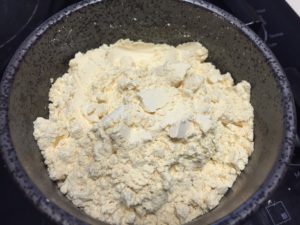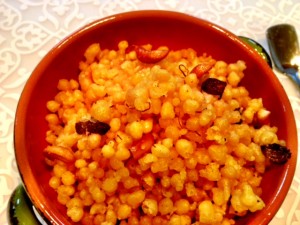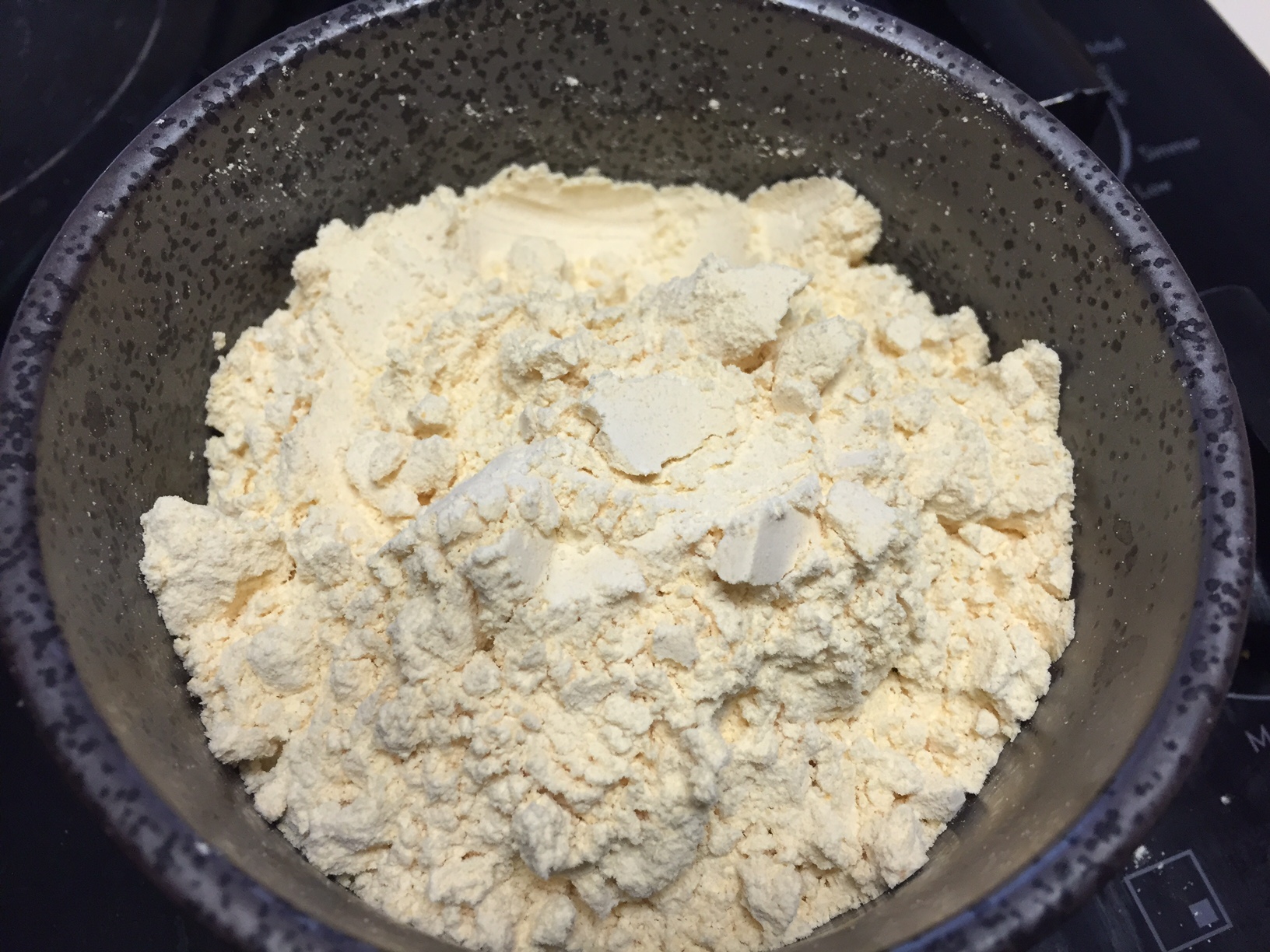
Chickpea flour Besan
Chickpea flour is made from dried garbanzo beans. It is also known as gram flour and popular as Besan. This magic flour is a staple in Indian, Bangladesh and Pakistani cuisine. It is readily available in Indian stores. Now it’s gaining popularity in the western world as well.
Chickpea flour is a very versatile ingredient, always happy to lend a hand any time you ask. But its flexibility isn’t the only perk: it’s also packed with protein. This is good news for vegetarians, as diets without meat can easily be without adequate protein too.
Protein is one of the essential building blocks of body tissue – it provides both nutrients and fuel. In short, it’s something that’s vital to survival. But chickpea flour’s high percentage of protein isn’t the sole reason this dish is marked by wellness: it’s very low on the glycemic index as well.
Chickpea flour can be used for a variety of dishes. In desserts and snacks, it can be used as a thickening agent. In can also be used to add flavor and filler to vegetable recipes: it adds a nutty taste.
You can: whisk it into a batter, toast it inside a dry skillet, add it to veggie burgers, or make things like pancakes. You can also create your own uses!
Get a taste of this link for more information.
If you’re looking for ways to use it in traditional Boondi, try here.

Sweet Boondi
If you’ve got a hankering for onion pakora, go here.
If you’re in the mood for Gujarati kadhi soup, mosey on over here.
If you’re craving Khandvi-Dahivadi, you’ll learn the technical recipe here.
Recently a French chef discovered chickpea juice whipped into foam called aqua faba. It is used in desserts instead of eggs (and it provides similar protein). This is the missing link in Vegan food.
Chickpea flour has many talents – there’s little it can’t do. So add it to your delicious dishes (and get some protein too!).

